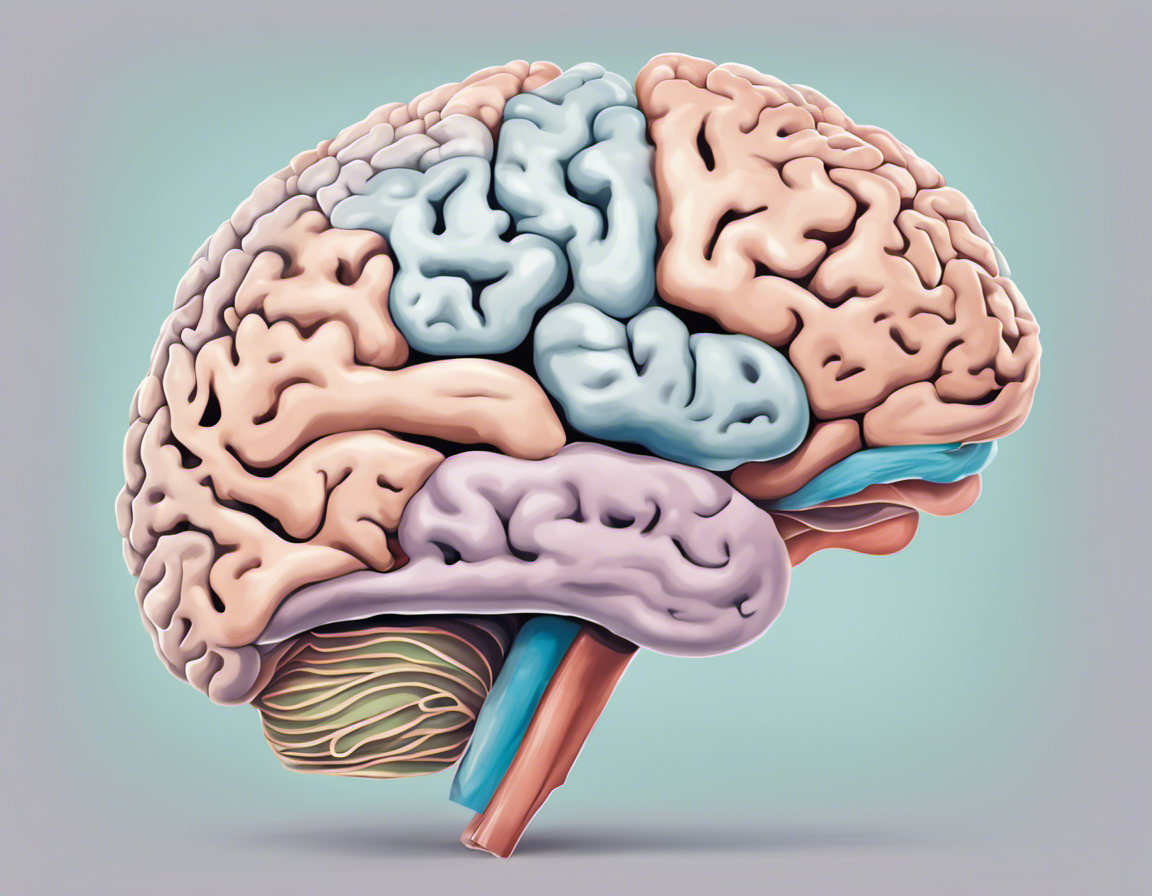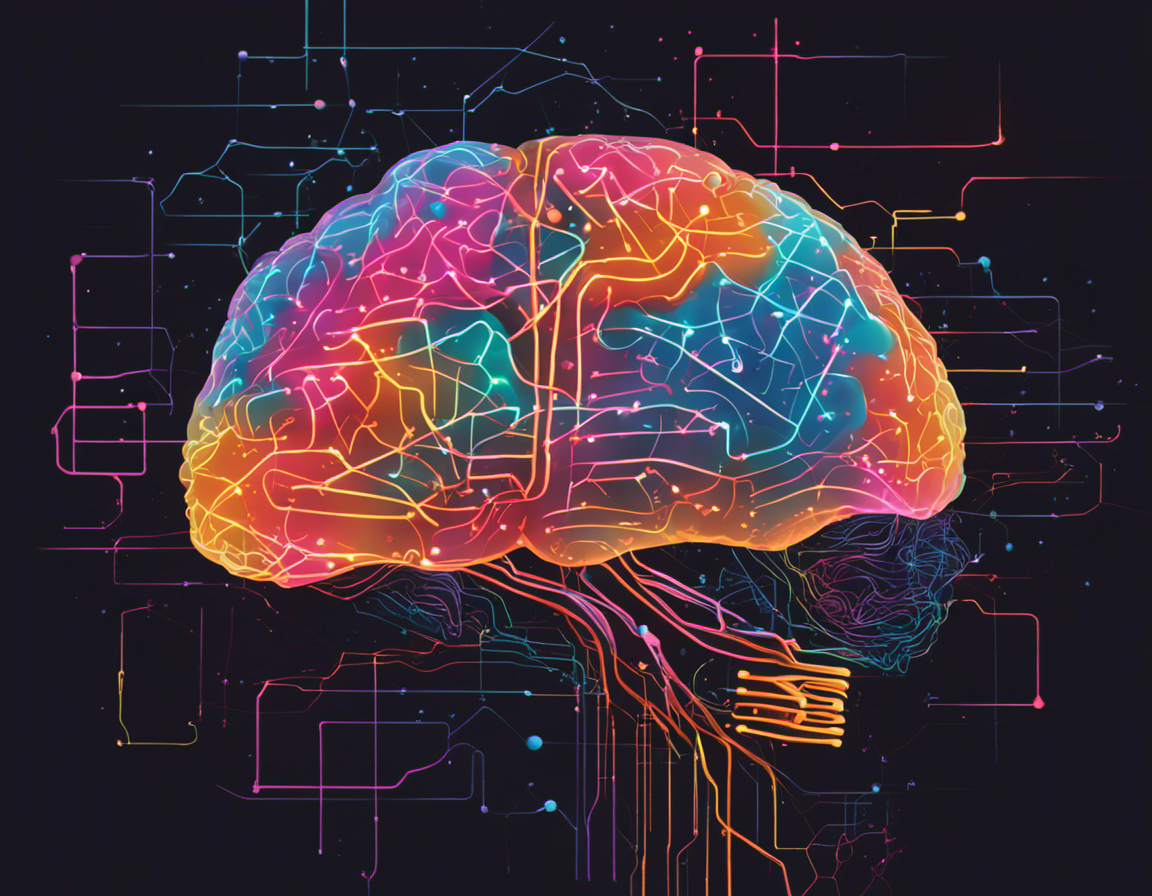ADD vs ADHD: Facts, Symptoms, Treatments, and Daily Life Tips

Understanding ADD and ADHD
Attention Deficit Disorder (ADD) and Attention-Deficit/Hyperactivity Disorder (ADHD) are two of the most frequently diagnosed youth disorders. Despite their commonalities, recognizing their fundamental differences can allow for a more effective treatment approach.
Definitions and Symptoms
The Meaning of ADD
ADD, also known as Inattentive ADHD, is characterized by symptoms such as daydreaming, difficulty focusing on tasks, being easily distracted, and forgetfulness. Conversely, hyperactivity—a condition typically associated with ADHD—is not prevalent in those with ADD. These individuals may often appear calm and reserved, but they tend to struggle internally with their thoughts and focus.
Defining ADHD
Unlike ADD, ADHD encompasses more than just attention deficits—people with this disorder also struggle with hyperactivity or impulsivity. Along with inattention and distractibility, symptoms include difficulty being still, fidgeting, talking excessively, and making hasty decisions without thoroughly considering potential consequences. This disorder subtype can be more conspicuous due to its disruptive nature.
Key Differences and Similarities
Behavioral Differences in ADD and ADHD
On a behavioral level, children with ADD are generally described as calm and dreamy. Due to their quiet demeanor, they might be overlooked by teachers or parents who do not realize they are struggling. Meanwhile, children with ADHD often express their struggles more outwardly and disruptively, causing them to come to the attention of adults more quickly.
Children with ADD rarely show signs of hyperactivity and impulsivity, which contrastingly is a characteristic symptom of ADHD. It’s not uncommon for these children to squirm restlessly, interrupt others during conversations, or have difficulty awaiting their turn to participate in activities or situations.
Symptoms overlap in ADD and ADHD
Despite contrasting behaviors, both disorders share the attribute of inattention. For both ADD and ADHD children, maintaining focus on a single task can be incredibly challenging. They might struggle to follow through on instructions, often jump from one unfinished activity to another, and are easily sidetracked by extraneous stimuli.
Essentially, though differently expressed, both ADD and ADHD represent difficulty with self-regulation and attention control. By understanding these different types, parents and teachers can implement more effective strategies for supporting children’s learning and development.
Types of Treatments
Diving into the realm of treatments, one finds many options that cater to the unique needs and complexities of ADD and ADHD. Each individual responds differently to treatments. Hence, fine-tuning a tailored approach for every child or adult diagnosed with these disorders is crucial.
Therapies for ADD
Various therapies exist designed to address the specific challenges associated with ADD. Behavioral therapy, for instance, assists in managing destructive behavioral patterns and fostering beneficial ones. Cognitive therapy is another widely used method that helps individuals manage their thought processes and translate them into positive actions. In some cases, electronic aids may also be used to assist those struggling with ADD manage their daily responsibilities.
Treatments for ADHD
Regarding ADHD, treatment options are slightly more expansive and may include medication, behavior management, neurofeedback, and even dietary adjustments. Medication, like stimulants or non-stimulants, tends to be the most common form of treatment. In addition, behavioral therapies and psychoeducation are deemed valuable, equipping individuals with skills and knowledge to navigate their personal ADHD journey.
Impact on Daily Life
Living with ADD or ADHD inevitably influences one’s daily life, manifesting in both the personal and professional world.
Living with ADD
Life with ADD often entails struggling with tasks that require a focused headspace. An individual might struggle to stay engaged in conversations or frequently lose things. This constant struggle with everyday tasks could lead to self-esteem issues and sometimes anxiety. Nevertheless, many people with ADD thrive in their chosen fields, harnessing the unique perspective afforded by their disorder.
Life with ADHD
Living with ADHD can feel like being on a roller coaster, both physically and emotionally. Frequent feelings of restlessness, easily getting bored, and impulsivity can strain personal and professional relationships. However, with proper assistance and coping mechanisms, anyone with ADHD can lead a fulfilling, successful life.
Tips and Strategies
Strategies geared towards managing these disorders can significantly improve quality of life, increasing chances of personal and professional success.
Management Strategies for ADD
Crafting an organized, structured environment around an individual with ADD could be beneficial. This could involve daily agendas, to-do lists, reminders, or setting achievable goals. Also, regular breaks during tasks and using a reward system can motivate them to remain focused.
Coping with ADHD
For individuals with ADHD, establishing routines utilizing tools like timers or schedule charts can help manage impulsivity and hyperactivity. Physical activities to burn off excess energy could also be beneficial. Moreover, learning and practicing mindfulness strategies can provide individuals with ADHD with much-needed control and calm.
Conclusion
The challenges brought on by ADD and ADHD can be daunting, but with the right tools and strategies, there’s no reason they should limit your future or that of a loved one. By understanding what ADD and ADHD are, acknowledging their impact on day-to-day life, and exploring the variety of treatment options available – from behavioral and cognitive therapies to medication and dietary changes – you’re already taking significant steps toward managing these conditions effectively. Why stop here? Embark further on this journey, dive deeper into each treatment option, and personalized strategies to not just live with ADD or ADHD but to thrive with it. Remember: With knowledge comes power, and with power comes the ability to make impactful life changes.




Comments